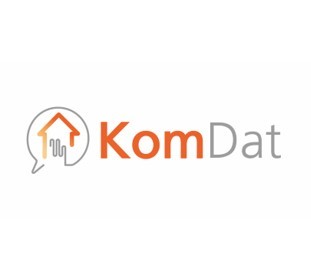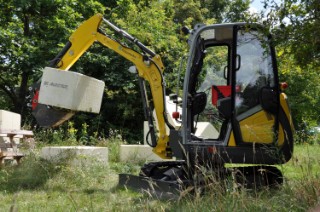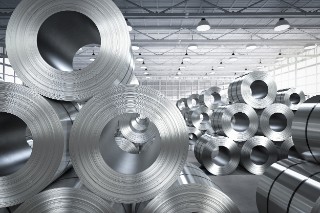CHAISE - AI engineering made practical with the Tool Chain for AI Systems Engineering
A toolbox to continuously improve and deploy ML applications (MLOps)

Operating machine learning applications productively requires continuous monitoring, adaptation, and maintenance.
A project of the same name aims to harness our experience across a whole host of AI application domains to realize MLOps with maximum effectiveness and automate it as far as possible. To that end a software suite was developed that incorporates a wide range of tools for creating machine learning applications and training the ML models.
more info Fraunhofer Institute of Optronics, System Technologies and Image Exploitation IOSB
Fraunhofer Institute of Optronics, System Technologies and Image Exploitation IOSB 



























